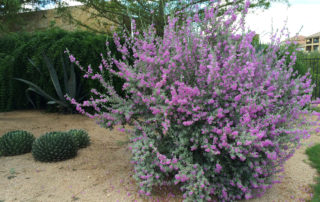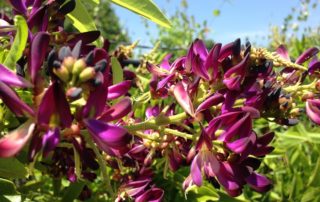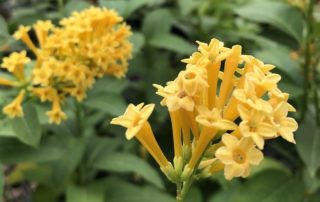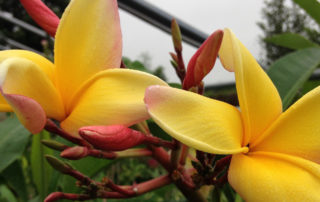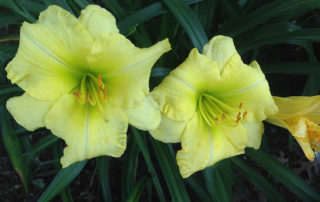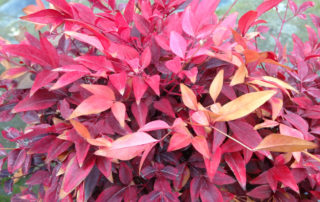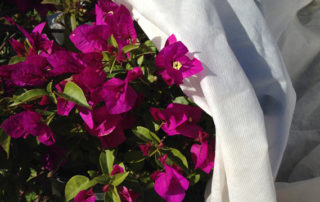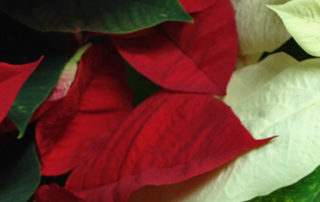Ball Moss
Ball Moss is a flowering plant (not a moss at all!) that has been given a bad rap by many people in Central Texas. We have customers frequently ask how to “kill” the moss in their trees, as they believe it is harmful to the tree. Well, I’m going to give you the real scoop on this often misunderstood plant. It’s not hard to believe that the native Ball Moss is related to our popular “Air Plants”, which are sold as house plants. Both belong to the Genus Tillandsia. They [...]


